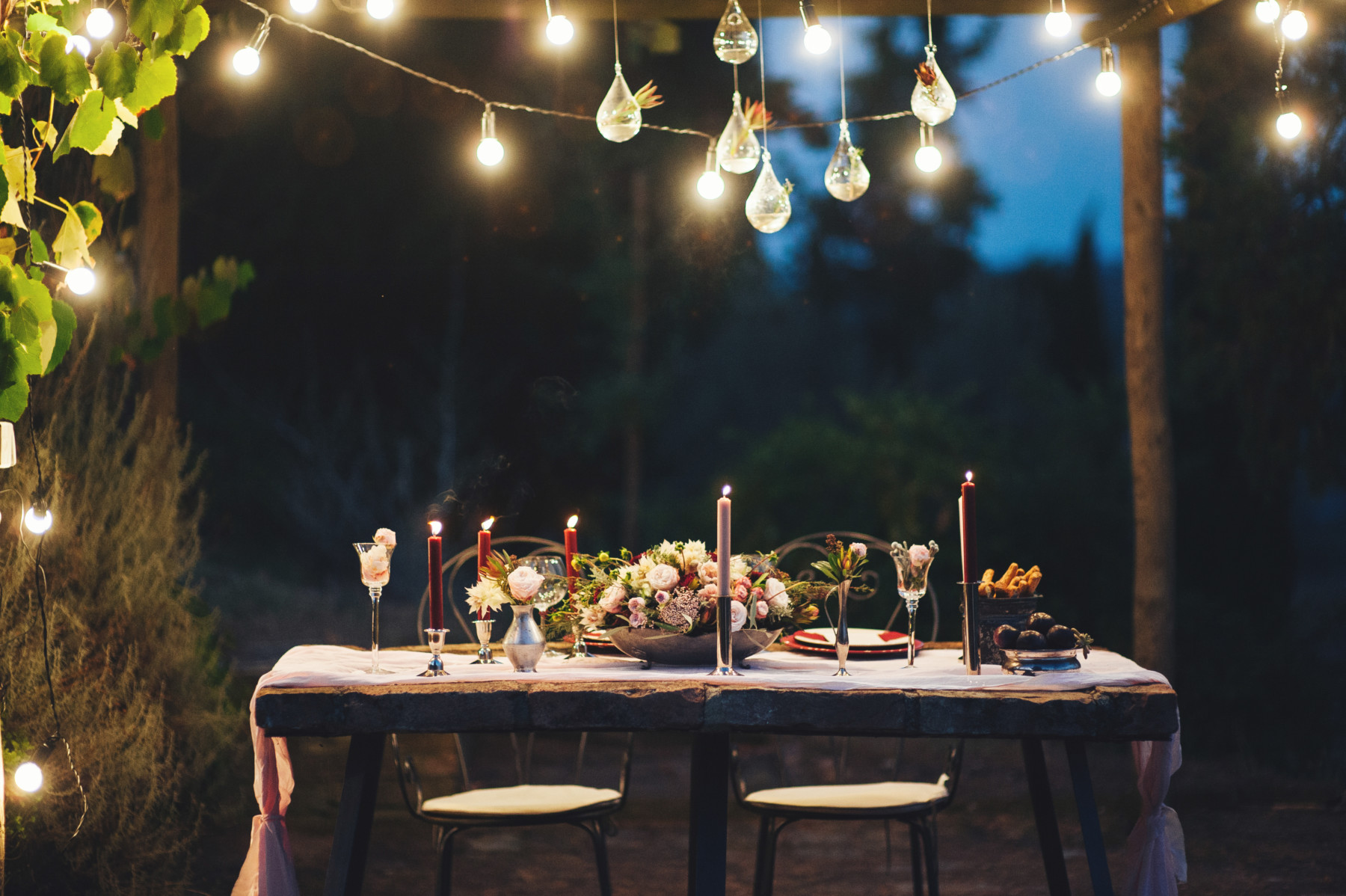The joy of client meetings
I’m sitting on a train, on my way back to the office from a meeting with former clients about some further work to their house. It’s not often I find myself with time to muse about the more abstract aspects of my job as an architect – that’s to say, the dynamics of relationships, empathy and communication skills, rather than the more nitty-gritty drawing of plans, for example – but today is an opportunity for exactly that.
Keeping in touch
It was a great privilege to be asked back to see these clients of ours. Not only lovely to catch up with them, but also to have the chance to see – some years later – how they use and inhabit the house on which we worked.
We often keep in touch with clients long after a project is complete – it’s a particularly joyful part of our work. It would be imprudent, even a little arrogant, not to revisit them and their property, to learn from the experience and understand if, or how, we might improve the process or the design.
It occurs to me that our keeping in touch is nuanced. First, keeping in touch in terms of maintaining contact with some great people. Secondly, keeping in touch by retaining up-to-date knowledge of the latest designs, techniques and materials we could use. This allows us to adapt to clients’ future requirements should the need arise, as today’s meeting has illustrated.
Changing circumstances
It’s just what happens, however carefully we plan. Families grow up. The big, open-plan space that was wished for back in the day suddenly becomes less desirable and practical for the children who want to bring their friends home, but don’t want to feel as though they’re being watched. Not to mention the parents’ need for their own space…
Sometimes, at the time of the original project, the initial budget won’t allow for an immediate all-singing all-dancing solution that will be appropriate for every stage of a family’s life. In this case, we need to look at a long-term plan of growth or development, ensuring that future changes can be made without too much disruption.
Planning for this, and other eventualities, is part of the process we go through, right from the initial design stage – we tend to ask an awful lot of questions, some of which might not seem relevant at the time.
For this family, the time has come to think again.

Making the house work for everyone
Today’s meeting has shown it’s relatively straightforward. One of the things we’re discussing is an extension to the kitchen which is already an extension. (At an impressive 9.5m long, I was always a little surprised that we received the original planning consent – I can admit that now!)
It’s is a good width, governed by the part of the house it joins, and by the minimum pitch of the roof. It accommodates the kitchen, and a dining table and chairs, but as the family has grown, and as people gather for social occasions, they find themselves needing more space. Whilst there are two reception rooms, we all know that the kitchen is the most popular place at a party (why is that?)
Due to the garden level, the new room is likely to be partly subterranean, with a long breakfast / coffee bar overlooking the garden, and doors at each side to access both the gardens and the courtyard dining area. Above the bar, we might include sliding windows to allow the whole space to be opened up. It has such exciting potential – subject to planning permission!
Are our clients always right?
Whilst we can make suggestions, ask questions and look at the possibilities, there are the very real and practical implications of a design, which might be governed by budget, family arrangements, long-term or short-term planning, or site constraints.
We’re hired for our expertise and it can be frustrating when it feels as though our advice is being ignored. However, we always try to remember that while we are experts in planning and designing buildings, our clients are absolutely the experts in their own life and how they choose to live it. So yes, in effect, they are always right. Their input is our number one priority, and a partnership between us built on mutual trust and respect is sure to result in a lasting relationship.
It’s been said, somewhere, that unless you are one of those particularly arrogant, offensive ones, being an architect is 50% doubt, and 50% self-loathing. That’s a bit of a cynical view, and I don’t think it’s true. But do we give our clients the best we can? Absolutely.
And today, I’m relishing the opportunity to work with some lovely clients – again.
